Don’t let your indoor plants suffer because you’re afraid of making a mess. These three easy watering methods will keep your plants healthy without any fuss.
3 Easy Ways To Water Large Indoor Plants Without Making A Mess
If you have large indoor plants, you may be wondering how to water them without making a mess.
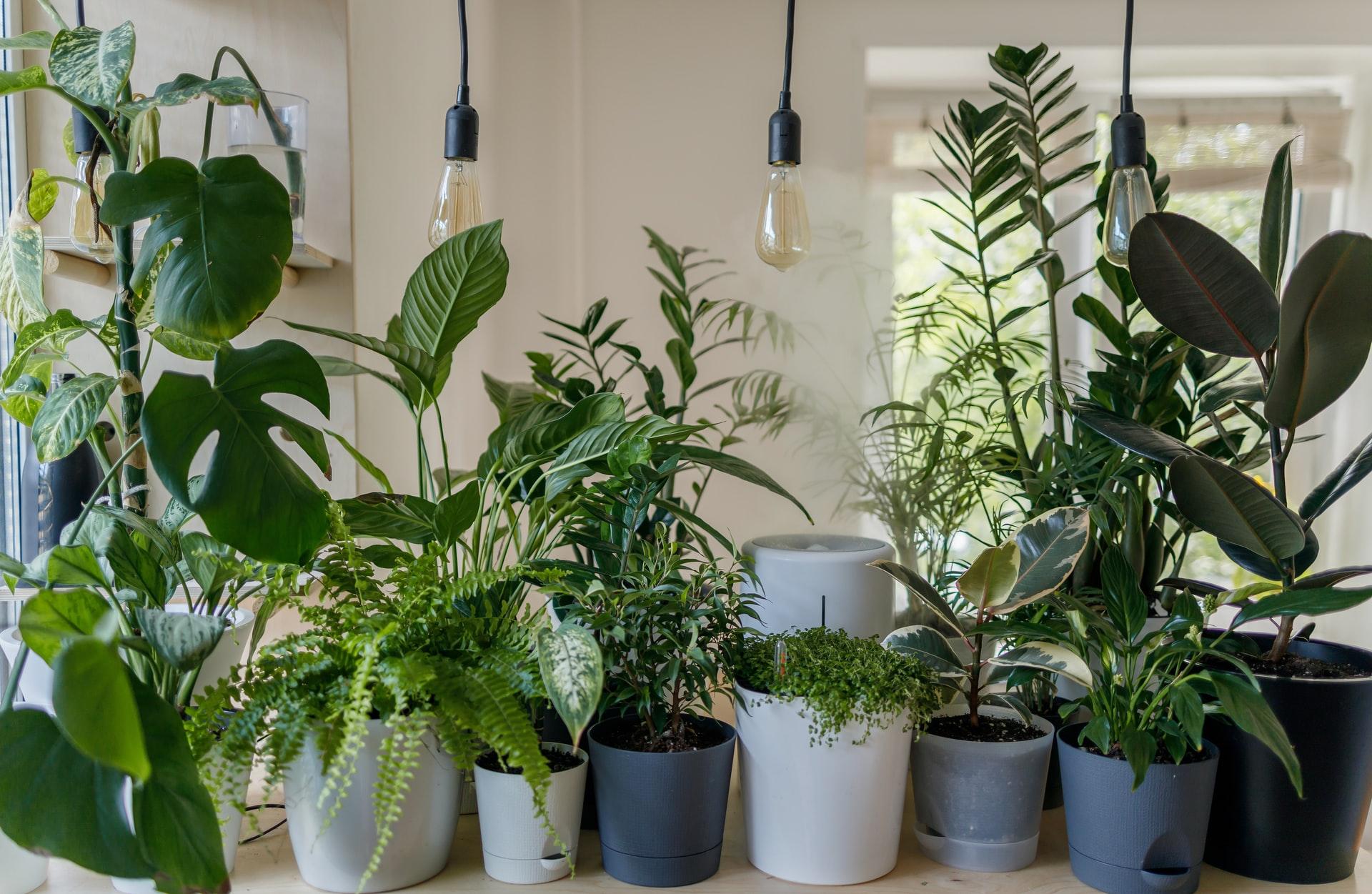
Credit: Unsplash
Here are three easy ways to do it:
1. Use A Watering Can
It is probably the most obvious and convenient way to water your plants, and it can be effective if you’re careful. Just make sure that the can you use has a long spout, so you can reach the base of the plant without getting water everywhere.
2. Use A Hose With A Shut-off Valve
It is a great option if you have a lot of plants to water. Just attach the hose to a faucet with a shut-off valve, and you can water all of your plants quickly and easily. Just be sure to turn the valve off when you’re finished, so you don’t waste water.
3. Use A Drip Irrigation System
This is the best option if you want to water your plants without getting them wet. A drip irrigation system will slowly and evenly water your plants, and you can set it up so that it waters them automatically. It is also a great option if you’re forgetful or if you’re going to be away from home for a while.
How To Tell If Your Large Indoor Plant Needs Watering
1. Check The Soil Moisture
It is always a good idea to check the moisture level of the soil before you water your plants. The best way to do this is to stick your finger about 2 inches into the soil. If the soil is dry, then your plant needs water. If the soil is moist, then your plant does not need water.
2. Check The Leaves
Another way to tell if your plant needs water is to check the leaves. If the leaves are wilted or drooping, then your plant needs water.
3. Check The Stems
Another way to tell if your plant needs water is to check the stems. If the stems are weak or brittle, then your plant needs water.
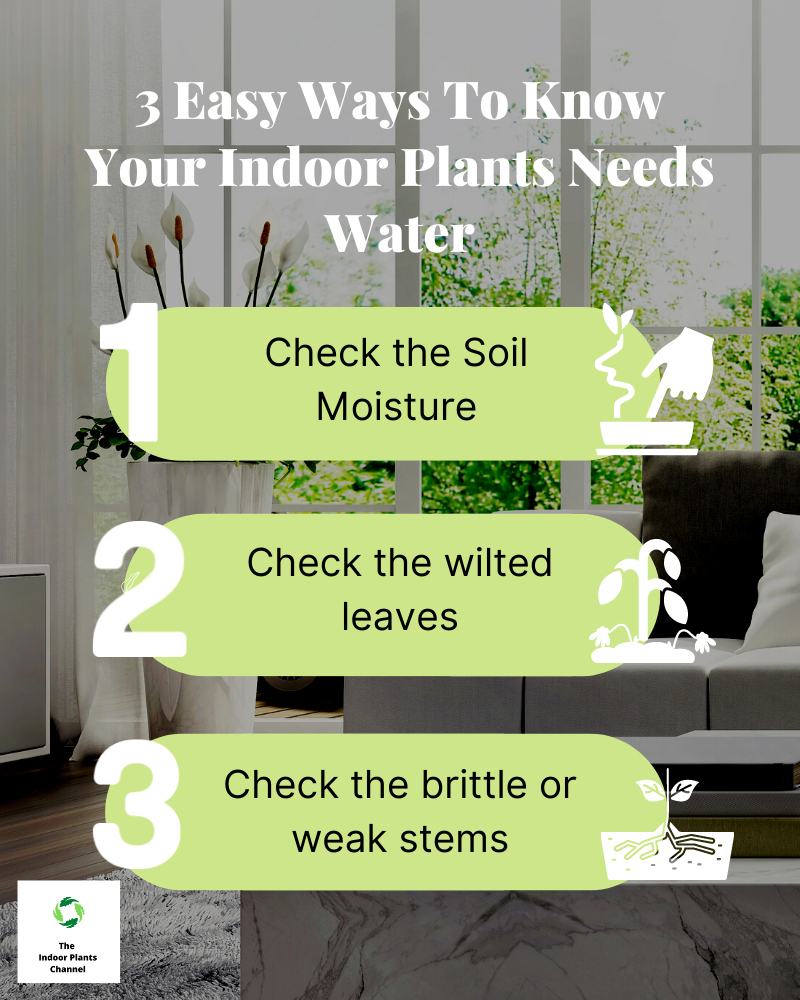
If you are unsure whether or not your plant needs water, it is always better to err on the side of caution and water your plant.
How To Water Large Indoor Plants Without Making A Mess
If you have large indoor plants, you know that watering them can be a challenge. You don’t want to make a mess, but you also don’t want your plants to suffer from a lack of water.
Here are a few tips on how to water large indoor plants without making a mess:
- Use a watering can with a long spout. It will help you direct the water where you want it to go, and it will also help to prevent water from spilling out of the can.
- Water your plants in the morning or evening. It will give the plants time to absorb the water before the sun comes out and evaporates it.
- Place a tray under your plants before you water them. It will catch any water that spills so that it doesn’t make a mess on your floor.
- Don’t water your plants too often. Over-watering can be just as harmful as not watering them at all. Stick to a schedule and only water your plants when they need it.
- And finally, if you do spill some water, don’t panic! Just clean it up quickly and move on. With these tips, you should be able to water your large indoor plants without any problems.
5 Simple Steps to Water Large Indoor Plants
- Get a large, deep container.
- Fill the container with lukewarm water.
- Place your plant in the container and allow the roots to soak for 30 minutes.
- Remove the plant from the container and allow the excess water to drain off.
- Place the plant back in its pot or container.
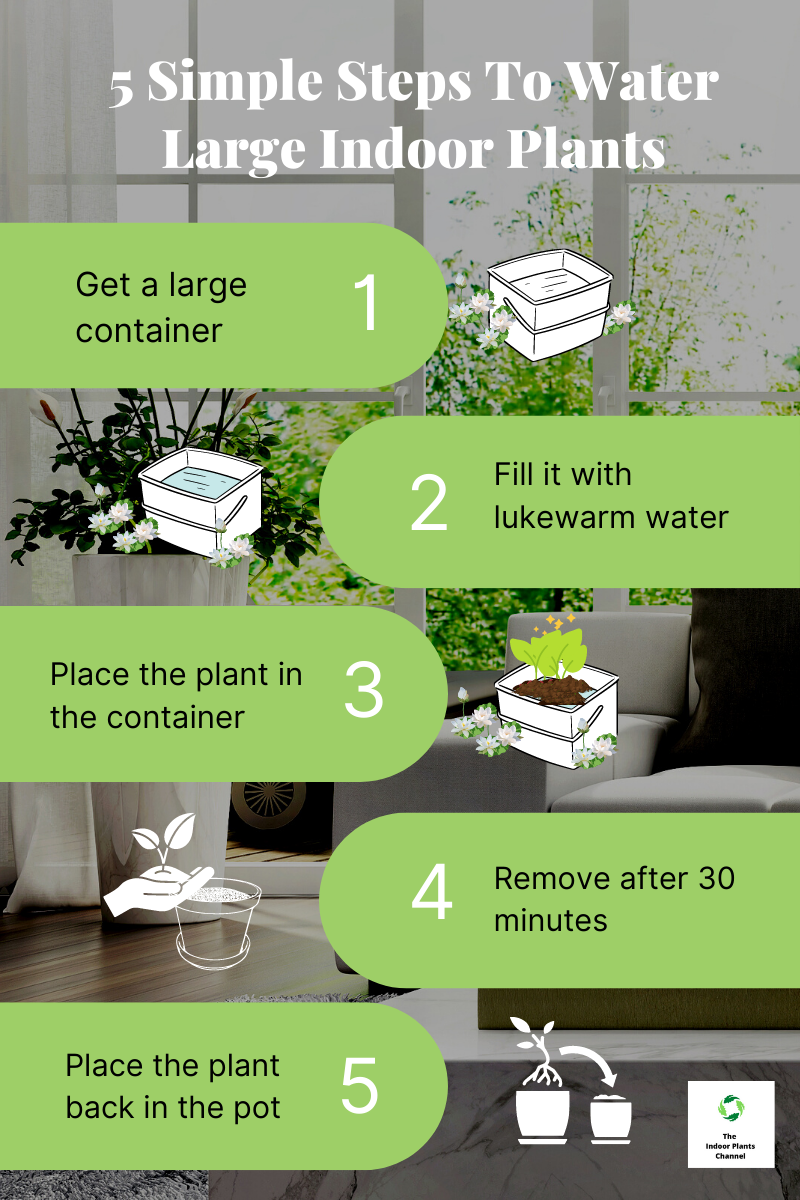
Following these simple steps, you can water your large indoor plants without making a mess. Just be sure to use a container that is large enough for your plant, and remove the plant from the container after 30 minutes so that the roots do not become waterlogged.
How Often Should You Water Large Indoor Plants?
How often you should water your indoor plants depends on the size of the plant, the pot it’s in, the type of potting mix, the temperature, and the humidity.
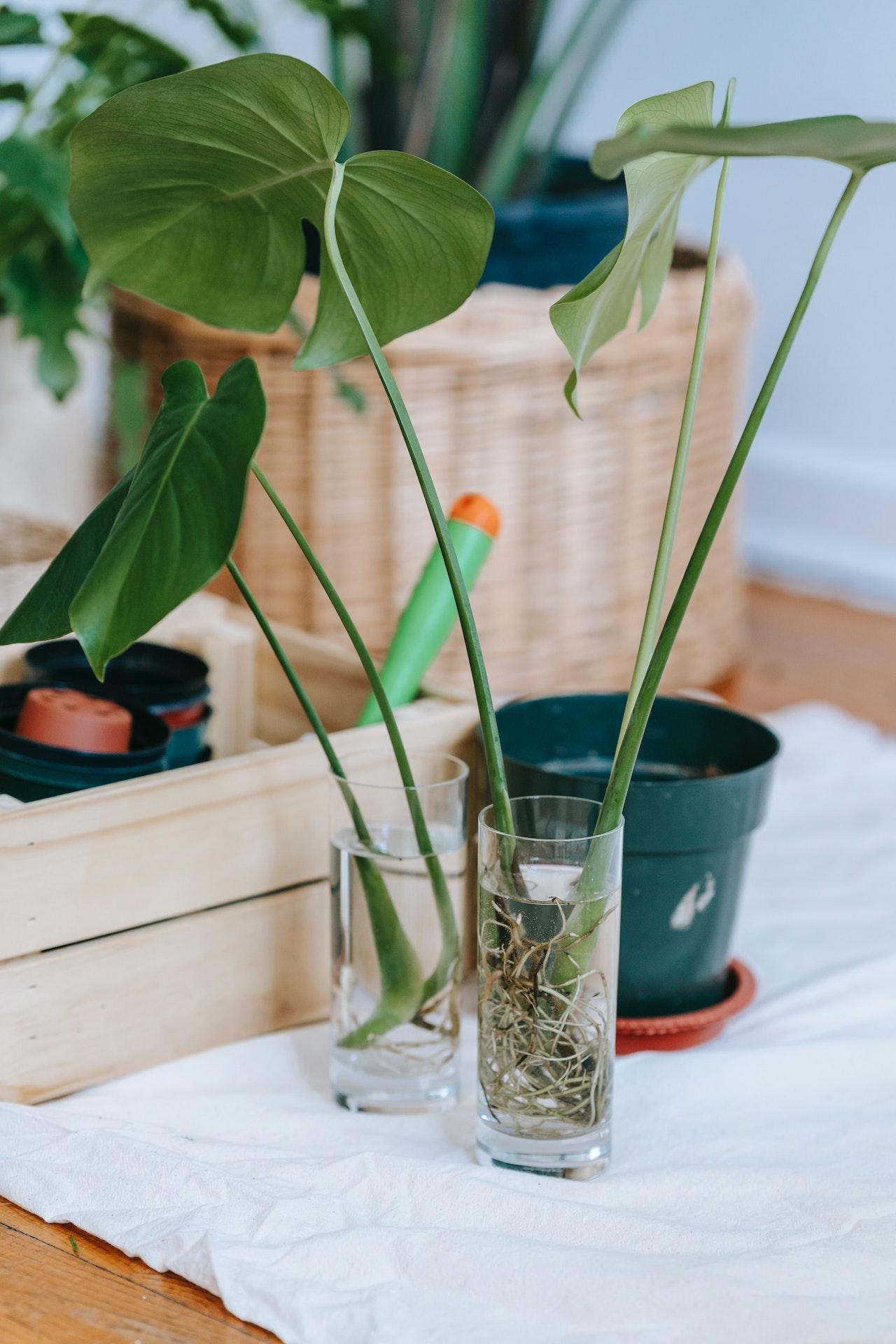
Credit: Pexels
Here are some general guidelines:
- Small plants need water every day or two.
- Medium-sized plants need water every three to five days.
- Large plants need water every seven to ten days.
Remember that these are just guidelines. The best way to know how often to water your plants is to check the soil before watering.
The Best Time To Water Large Indoor Plants
It is best to water large indoor plants in the morning or evening. Watering them during the hottest part of the day can cause the water to evaporate before it has a chance to reach the roots of the plant.
The Benefits Of Watering Large Indoor Plants
When it comes to benefits, there are plenty of reasons to water large indoor plants.
1. Regulate Humidity Levels
Large indoor plants can also help to create a more comfortable and healthy indoor environment. They can help to regulate humidity levels, which can be beneficial for people suffering from conditions like asthma or allergies.
2. Reduce Noise Levels
Large indoor plants can also help to reduce noise levels and create a more calming and relaxing environment.
3. Purify The Air
Another benefit of watering large indoor plants is that they can help to purify the air. These plants help to improve air quality by releasing oxygen and absorbing carbon dioxide and other pollutants.
Studies have shown that plants can remove a range of harmful toxins from the air, including formaldehyde, benzene, and trichloroethylene. They can also absorb carbon dioxide and other pollutants, helping to improve air quality.
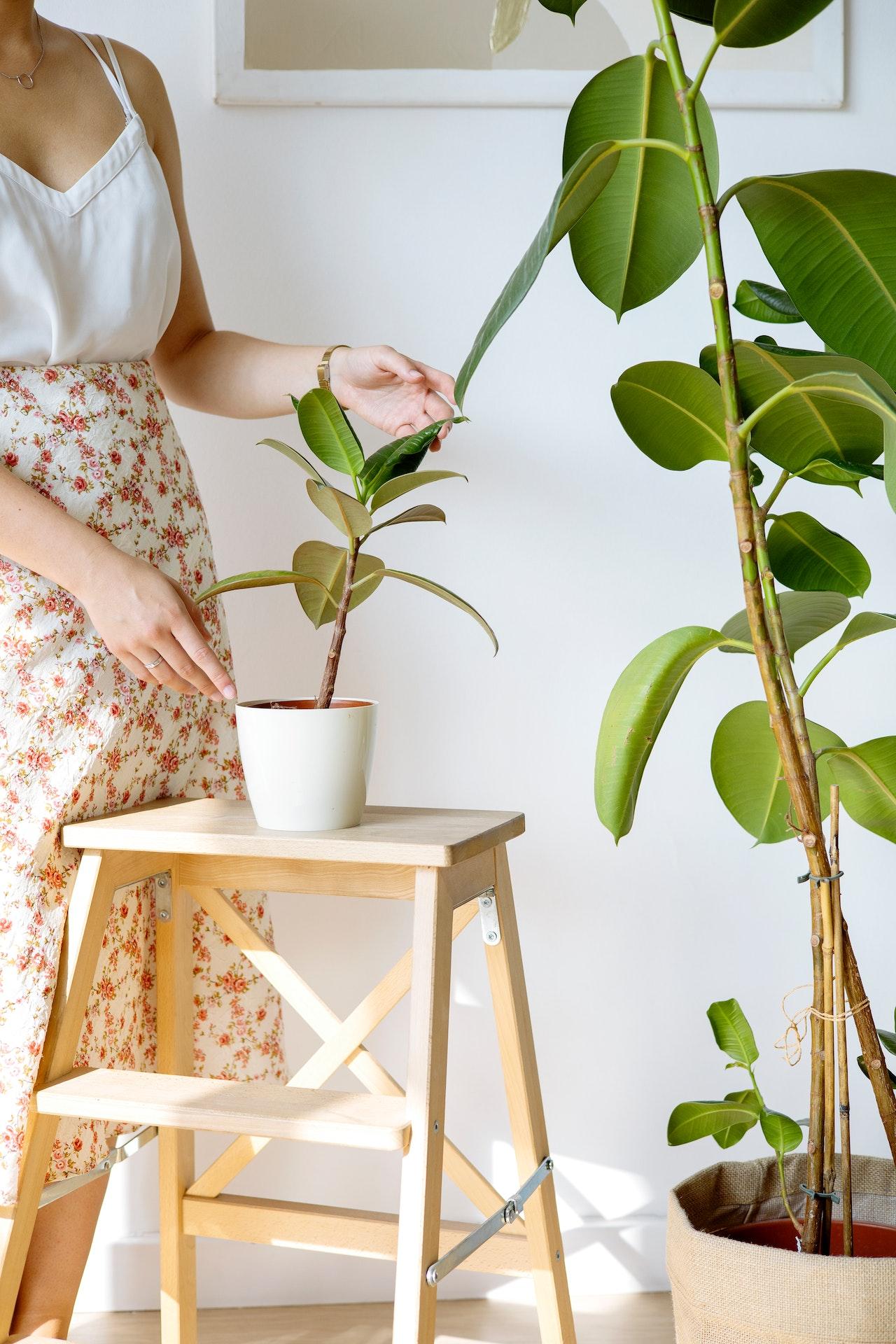
Credit: Pexels
So, as you can see, there are plenty of benefits to watering large indoor plants. Not only do they improve air quality, but they can also help to create a more comfortable and healthy indoor environment. So, if you have the space, add some large indoor plants to your home.
The Importance Of Watering Large Indoor Plants
It is important to water large indoor plants regularly to keep them healthy. Without adequate water, plants will begin to wilt and their leaves will turn brown. Not only does this affect the plant’s appearance, but it can also lead to the death of plants.
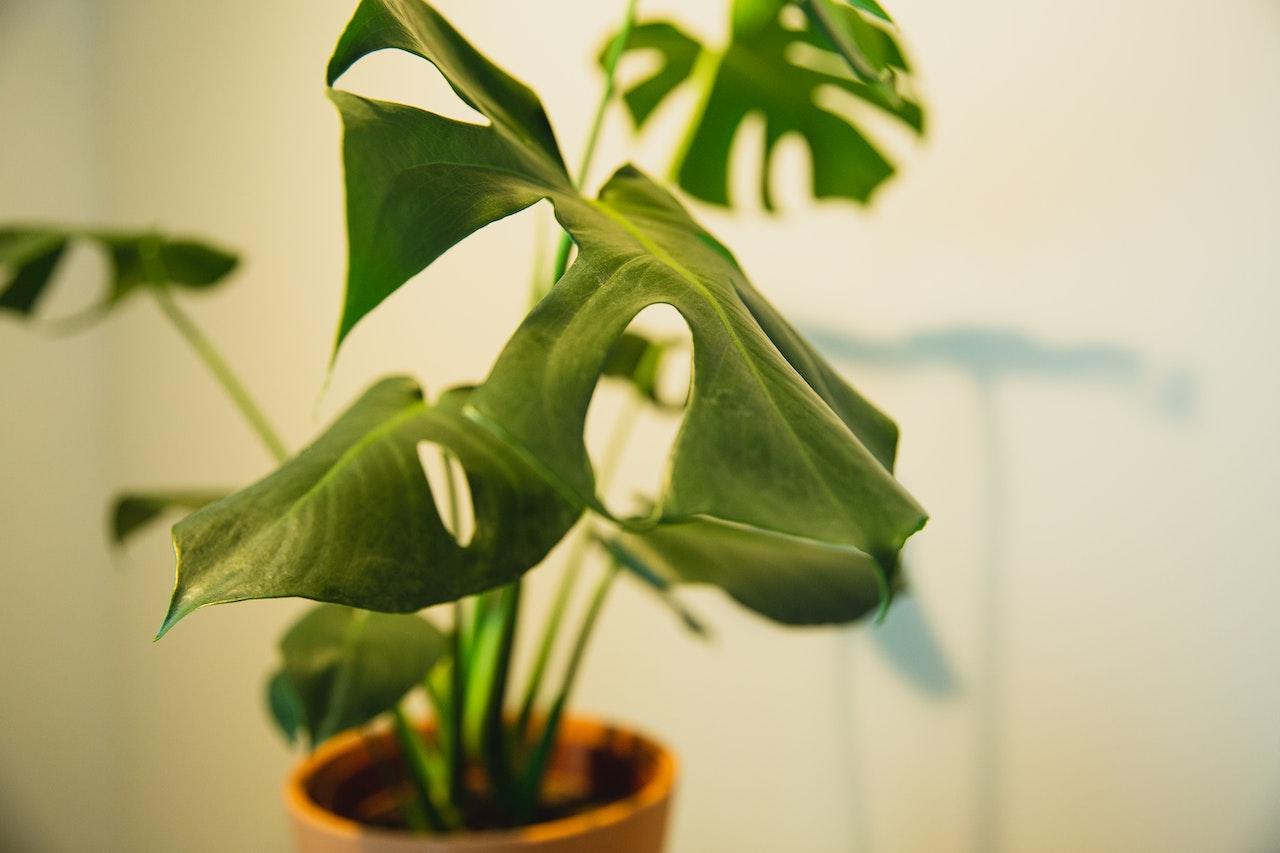
Credit: Pexels
Watering large indoor plants can be a challenge, as they often require a lot of water.
- One way is to use a self-watering system. These systems can be purchased at most garden stores, and they allow you to set a schedule for watering your plants. It can be a great way to make sure that your plants are getting enough water they need without having to worry about it yourself.
- Finally, if you have a large plant that is in a pot, you may need to water it more often than plants that are in the ground. It is because the roots of potted plants can dry out more quickly. Be sure to check the soil of your potted plants regularly, and water them when the soil feels dry.
By following these tips, you can make sure that your large indoor plants stay healthy and hydrated.
6 Tips For Watering Large Indoor Plants Without Making A Mess
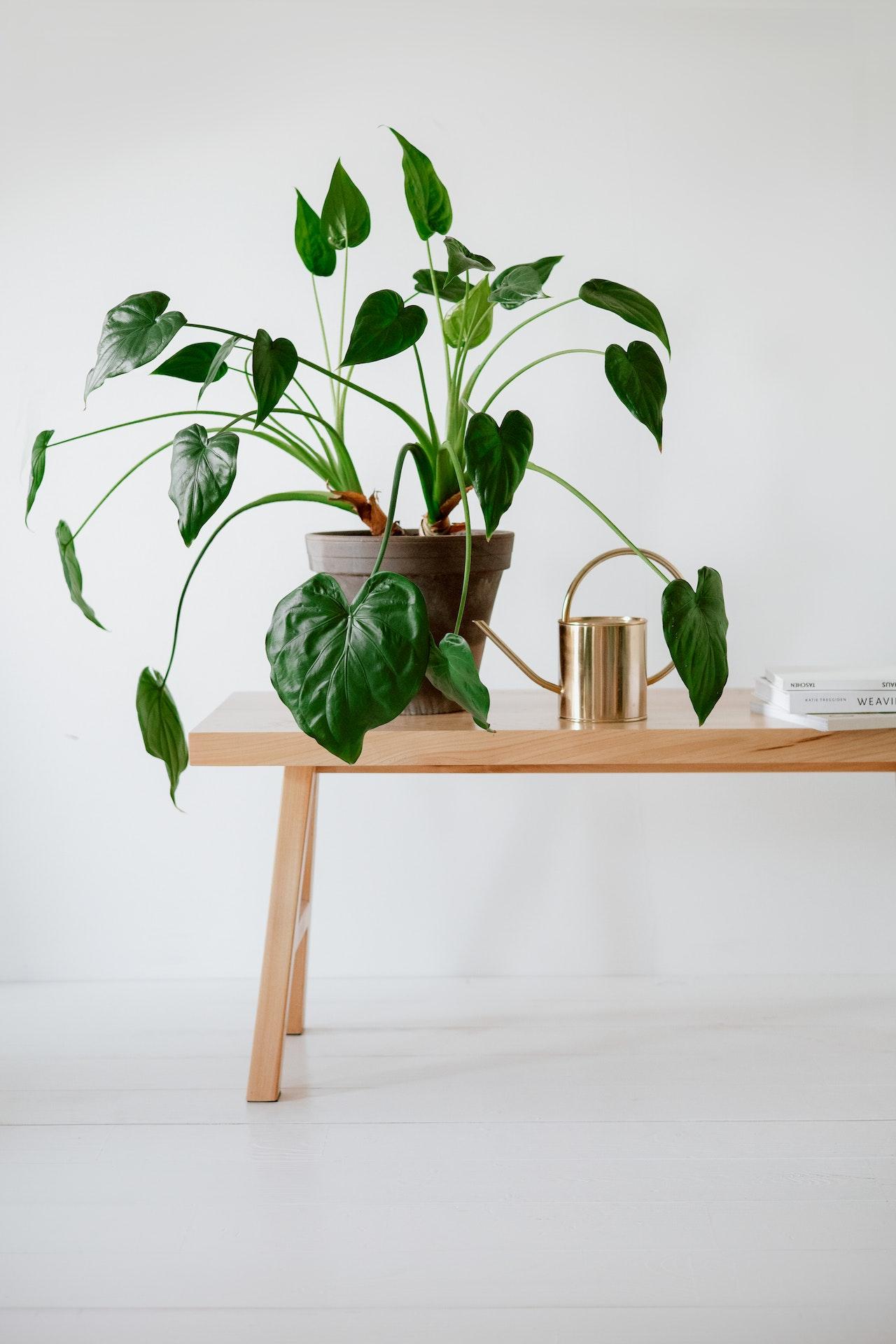
Credit: Pexels
1. Get A Large, Deep Watering Can:
One way to water large indoor plants is to use a watering can. It can be a great option if you have a large plant that is difficult to move. When watering large indoor plants, you’ll need a large, deep watering can so you can give them a good soak.
2. Water The Plants In The Morning:
Water your large indoor plants in the morning so they have all day to absorb the water and dry out before nightfall. It will help to prevent them from getting too wet and developing mold or mildew.
3. Check The Soil Before Watering:
Before you water your large indoor plants, check the soil to see if it is dry. Stick your finger into the soil up to the first knuckle. If the soil is dry, it’s time to water. If the soil is damp, wait a day or two before watering.
4. Give The Plants A Good Soak:
When you water your large indoor plants, give them a good soaking, so the water reaches the roots. Also, water slowly so the plant has time to absorb the water.
5. Empty The Saucer After Watering:
Most large indoor plants come with a saucer to catch the water that drains out. Be sure to empty the saucer after watering so the plant doesn’t sit in water.
6. Water Less Often In Winter:
In winter, your large indoor plants will need less water because they are not growing as much. So water them every week or two instead of every day.
Following these tips, you can water your large indoor plants without making a mess.
Troubleshooting Common Problems With Watering Large Indoor Plants
If you have large indoor plants, you may have noticed that they can be difficult to water without making a mess.
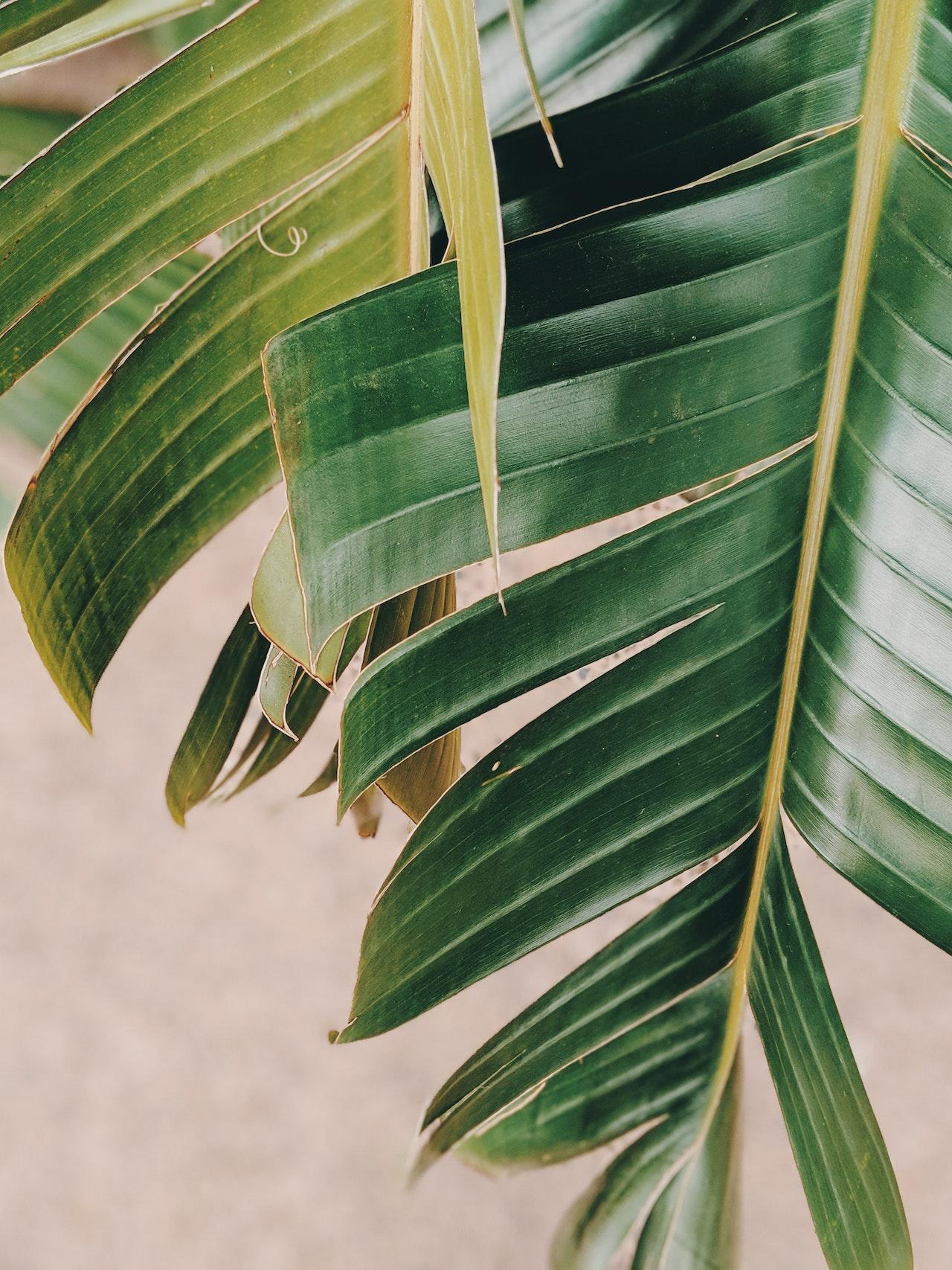
Credit: Pexels
Here are some tips on troubleshooting common problems with watering large indoor plants:
- If your plants are wilting, they may be getting too much sun. Move them to a shadier spot and water them less frequently.
- If your plants are wilting, they may be getting too little water. Water them more frequently.
- If your plants are drooping or yellowing, they may be getting too much water. Allow the soil to dry out between waterings and water them less frequently.
- If your plants are drooping or your leaves are turning brown, they may be getting too little water. Water them more frequently.
Expert Ideas
- Wrap the base of the plant in a plastic bag or tarp to catch water runoff
- Put the plant in the sink or bathtub and water it from there
- Water the plant outside to avoid making a mess indoors
Bonus Tip
My top tip for watering large indoor plants without making a mess is to use a watering can with a long spout. It will allow you to direct the water where you want it to go and avoid making a mess.
Frequently Asked Questions
1. Can I water my indoor plants with a hose?
Yes, you can water your indoor plants with a hose, but you need to be careful not to overwater them. Indoor plants can’t handle too much water at once, so it’s important to water them slowly and evenly.
If you water them too quickly, the water will run off the leaves and onto the floor, making a mess.
2. How often should I water my indoor plants?
It depends on the plant. Some indoor plants need to be watered daily, while others only need to be watered once a week. Check the care instructions that came with your plant to find out how often it needs to be watered.
3. How do I know if my plants are getting enough water?
The best way to tell if your plant is getting enough water is to check the soil. The soil should be moist but not soggy. If the soil is dry, it’s time to water your plant.
4. What happens if I overwater my plants?
Overwatering can cause the leaves of your plant to turn yellow and drop off. It can also lead to root rot and eventually die. If you think you’ve overwatered your plant, stop watering it for a few days and see if the plant recovers.
5. I don’t have time to water my plants every day. Is there a way to water them less often?
Yes, there are a few ways to water your plants less often.
- One way is to use a self-watering pot. These pots have a reservoir of water that slowly waters the plant over time.
- Another way is to group plants. When you water one plant, the water will seep into the soil of the other plants, watering them as well.
Conclusion
If you’re looking for an easy way to water your indoor plants without making a mess, try one of these three methods. With a little planning and effort, you can keep your plants healthy and also have a clean home.
Michelle Wilde
Related posts
4 Comments
Leave a Reply Cancel reply
![]()
About Michelle Wilde
Michelle Wilde is a stay-at-home mom and avid plant lover. Armed with a post-graduate degree in Computer Science (no kidding!), she loves researching plants and landscapes. When she is not caring for her 4 kids, she spends time on her passion for plants. She blogs at www.indoorplantschannel.com, the trusted source for indoor plants.
Learn more
Subscribe
* You will receive the latest posts and updates about indoor plants!
Search
Recent Posts
Categories
- Beginner Guides (10)
- FAQ (206)
- General (2)
- How-To Guides (212)
- Indoor Plants (214)
- Pest Management (2)
- Plant Problem Solutions (4)
- Seasonal Growing (2)
- Specialized Environments (2)
- Specific Plant Care (3)
- Technical Growing (2)
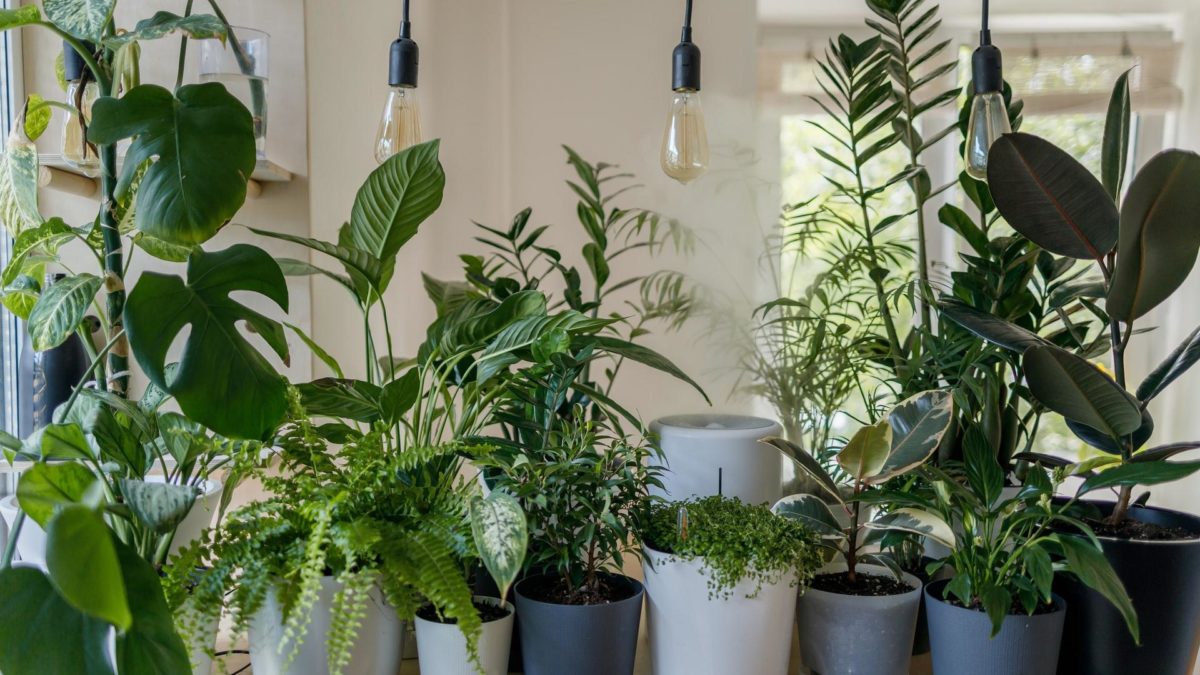
[…] best way to water your plants is to water them at the base. Water the soil, not the […]
[…] best way to care for indoor plants is to give them plenty of light and water them when the soil is […]
[…] size of your plant also plays a role in defining how often you need to water it. A larger indoor plant will need more water than a smaller […]
[…] best way to water indoor plants when growing from seeds is to use a spray bottle or a mist and lightly mist the soil. Be sure not […]